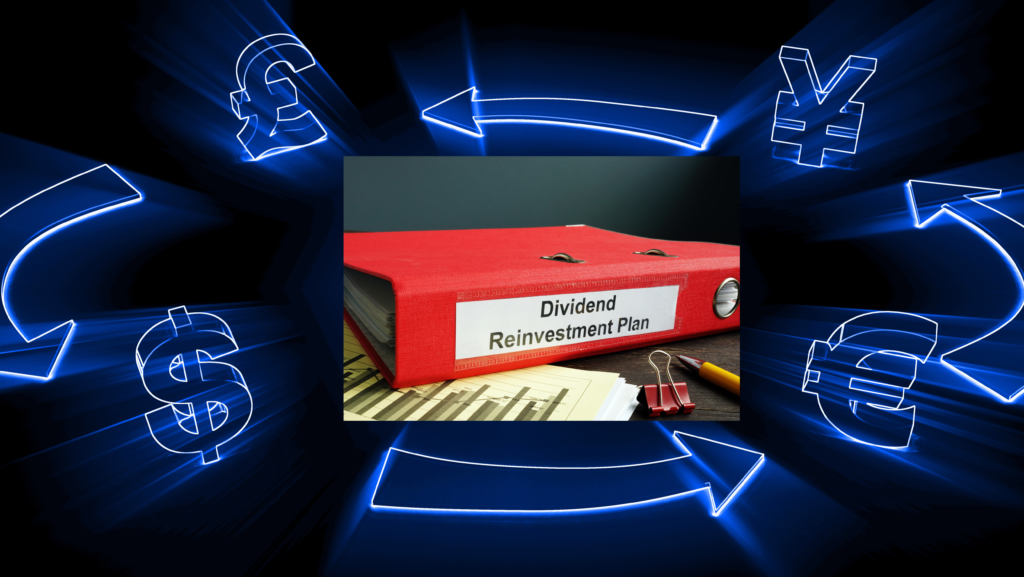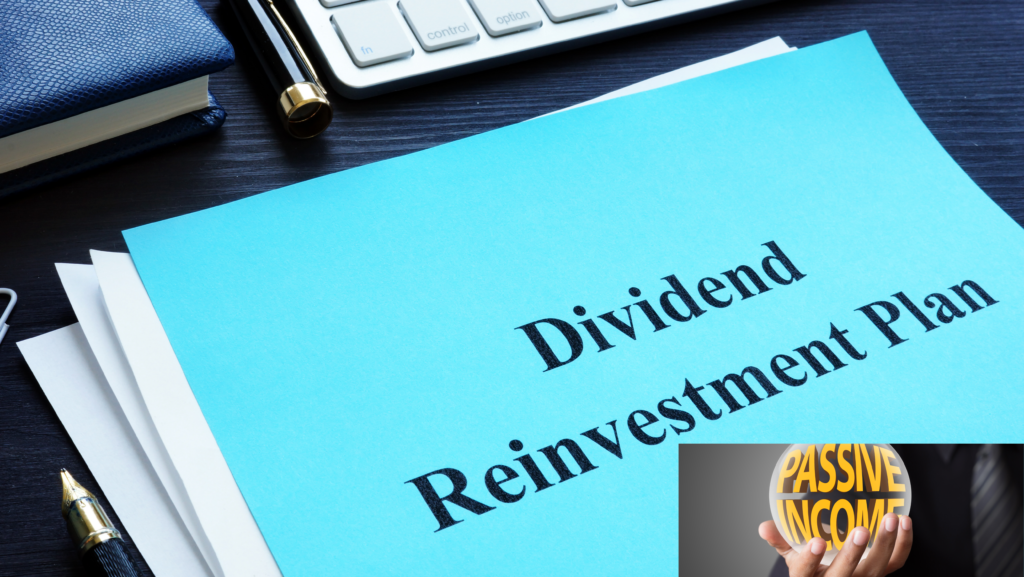Have you ever wondered how you can grow your wealth effortlessly without constantly investing new money? What if you could make your dividends work for you automatically, compounding over time?
That’s exactly what Dividend Reinvestment Plans (DRIPs) do. Instead of receiving your dividends in cash, you reinvest them to buy more shares—boosting your long-term returns without lifting a finger.
By the end of this post, you’ll understand how Dividend Reinvestment Plans (DRIPs) work, why they’re a smart strategy, and how to set one up to maximize your passive income.
What Are Dividend Reinvestment Plans (DRIPs)?
A Dividend Reinvestment Plan (DRIP) is a program that allows you to reinvest dividends directly into additional shares of stock, rather than receiving cash payouts. Many companies and brokerage firms offer DRIPs, making it easier for investors to grow their portfolios over time.
How it works:
- You invest in a dividend-paying stock.
- Instead of taking your dividend in cash, you opt to reinvest it.
- Your dividends purchase more shares (or fractional shares) automatically.
- Over time, your share count increases, leading to larger dividends in the future.
This creates a compounding effect, meaning your investments grow exponentially over time.
Benefits of Dividend Reinvestment Plans (DRIPs)
DRIPs are an excellent tool for long-term investors. Here’s why:
1. Automatic Compounding
Every time you reinvest your dividends, you’re buying more shares, which then generate even more dividends. This cycle continues, accelerating your portfolio growth.
2. Dollar-Cost Averaging (DCA)
Since DRIPs automatically buy shares at different price points, you reduce the risk of market volatility. Buying shares regularly means you get an average price over time, rather than making large purchases at potentially high prices.
3. Commission-Free Investing
Many DRIPs allow you to buy additional shares without paying brokerage fees, saving you money over time. This is a major advantage over manual reinvestment.
4. Fractional Share Purchases
With DRIPs, your dividends buy even small fractions of a share. This ensures that every dollar of your dividend is working for you, rather than sitting idle in cash.
5. Long-Term Wealth Growth
Reinvesting dividends helps your portfolio grow faster than taking cash payouts. Over decades, the difference in returns can be substantial.
How to Set Up a Dividend Reinvestment Plan (DRIP)
Getting started with a DRIP is simple, but you have to choose the right approach. Here’s how:
1. Choose a Dividend-Paying Stock
Look for companies with a strong dividend history and a consistent track record of increasing payouts. Some well-known DRIP-friendly companies include:
- Coca-Cola (KO)
- Johnson & Johnson (JNJ)
- Procter & Gamble (PG)
2. Enroll in a DRIP Program
You can enroll in a company-sponsored DRIP or set up an automatic reinvestment plan through your brokerage. Some brokerages allow DRIP investing for free.
3. Monitor Your Growth
Even though DRIPs are automated, it’s important to check your investments periodically. Make sure the company is still financially strong and continues to pay dividends.

Maximizing Returns with Dividend Reinvestment Plans (DRIPs)
If you want to get the most out of your DRIP strategy, here are a few tips:
1. Pick High-Quality Dividend Stocks
Not all dividend stocks are created equal. Look for companies with:
- Consistent dividend growth
- Strong financials
- Sustainable payout ratios (A payout ratio below 60% is generally safe)
2. Reinvest for the Long Haul
The real power of DRIPs comes from long-term compounding. The longer you reinvest, the greater your returns.
3. Diversify Your Portfolio
Don’t put all your money into one company’s DRIP. Spread your investments across different sectors to reduce risk.
4. Increase Contributions When Possible
If your DRIP allows, consider adding extra investments beyond just reinvesting dividends. This speeds up the compounding effect even more.
5. Be Aware of Taxes
Dividends reinvested in a DRIP are still taxable income in most cases. Keep track of your transactions and consult a tax professional if needed.
Conclusion
Dividend Reinvestment Plans (DRIPs) offer one of the simplest, most effective ways to build long-term wealth through passive income. By reinvesting your dividends automatically, you harness the power of compounding, dollar-cost averaging, and commission-free investing.
If you’re serious about growing your portfolio without constant effort, DRIPs are a fantastic strategy to consider.
Do you use DRIPs in your investing strategy? Let me know in the comments!


